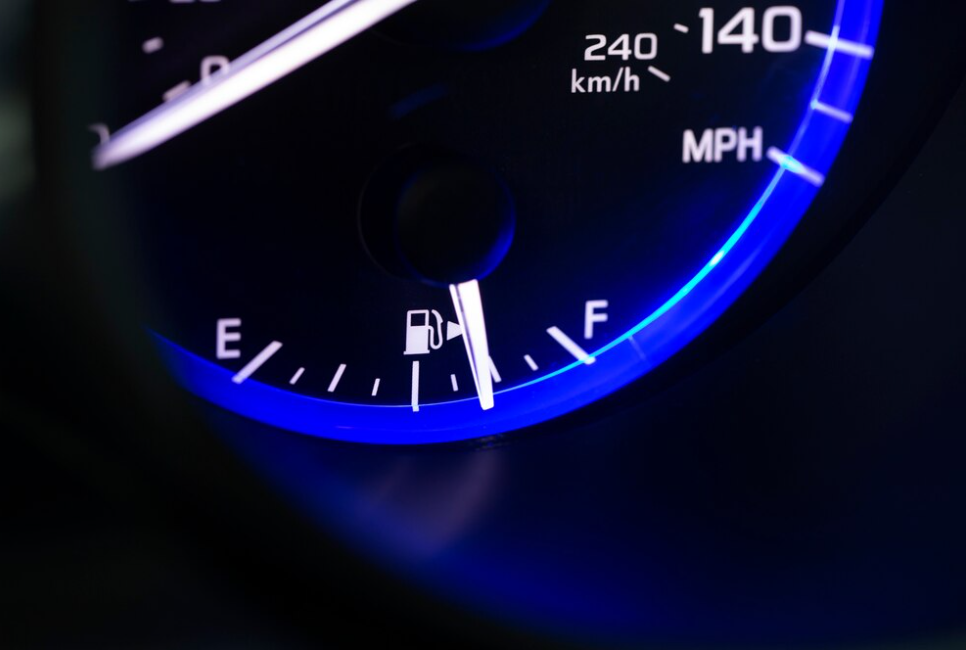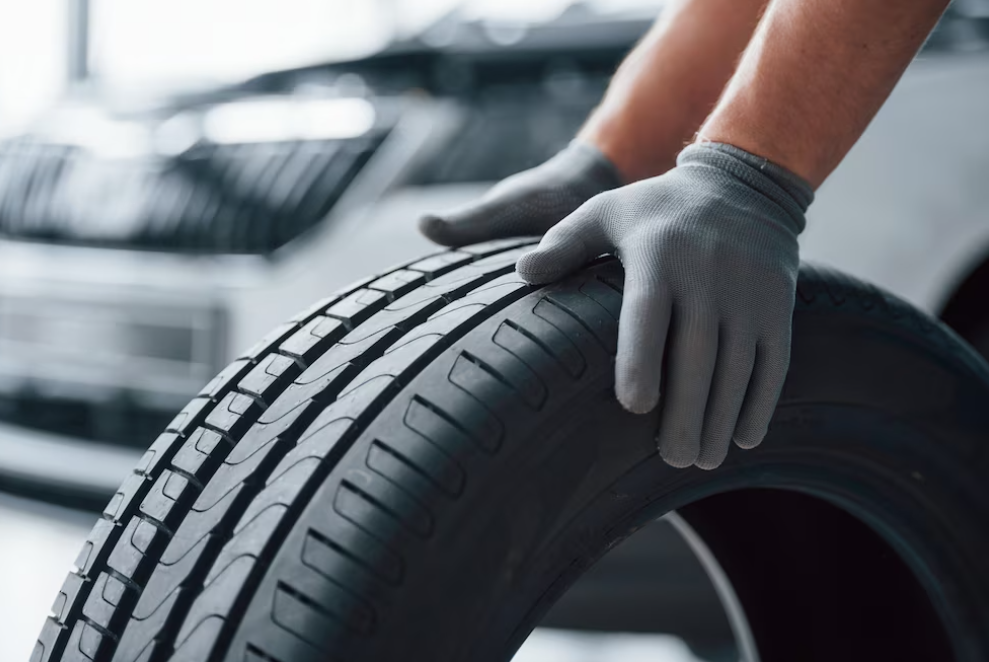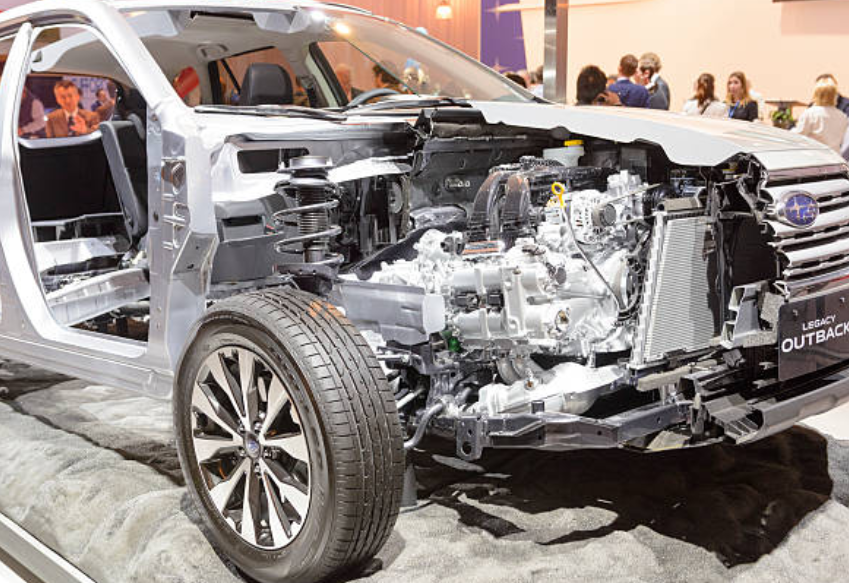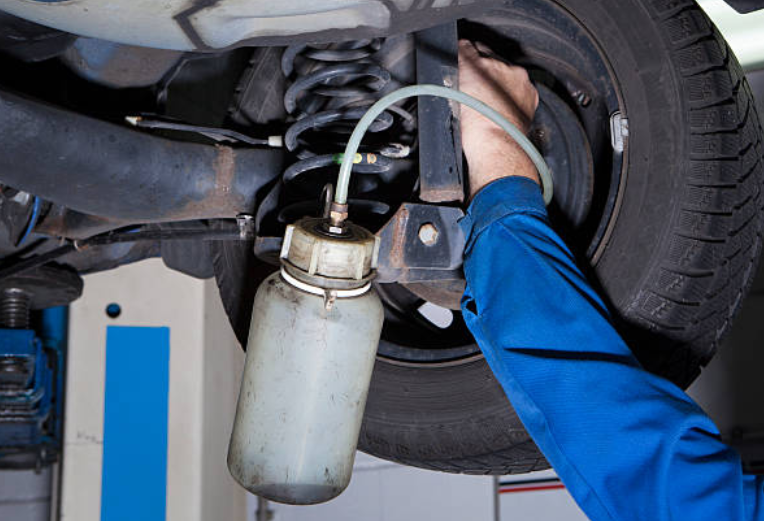What Happens When You Drive on a Flat Tire?
Have you ever been cruising down the highway, only to hear an unfamiliar noise without knowing its source? It's quite possible that this puzzling sound stemmed from driving with a flat tire. The causes of a flat tire can range from wheel damage to encountering road debris. However, no matter how it occurred, the consequences can be severe if not promptly and properly addressed. In this blog post, we will provide a comprehensive overview of driving with a flat tire, emphasizing the associated risks and the crucial steps to take when faced with such unexpected challenges. Continue reading to gain insights into why it's not advisable to drive on a flat tire and to discover essential safety tips.

The Perils of Driving on a Flat Tire
Operating a vehicle with a deflated tire brings forth a myriad of hazards, putting both your safety and your vehicle's well-being at considerable risk. Among the foremost perils is the imminent loss of control and compromised maneuverability. A flat tire drastically diminishes your capacity to steer, amplifying these concerns in scenarios demanding quick responses or during adverse weather conditions.
Braking performance also suffers, as stopping distances increase, making rear-end collisions more likely. Beyond these safety concerns, driving on a flat tire can result in costly damages. The rim of the wheel is particularly vulnerable, as it scrapes against the road surface, leading to potential distortion or irreparable harm. The tire itself isn't spared either, as the sidewalls can weaken or the tire might become unsalvageable.

Continuing to drive on a flat tire is a gamble, and there's a significant risk of a sudden blowout, which can lead to accidents and even rollovers, especially when driving at high speeds on highways. Your vehicle's suspension and alignment components also suffer additional strain, potentially causing damage and requiring expensive repairs.
Moreover, the debris from your damaged tire can pose dangers to other road users, from causing damage to their vehicles to potential accidents. Ultimately, driving with a flat tire results in higher rolling resistance and fuel consumption, which raises operating expenses and reduces fuel efficiency.

-
Safety First: If you have reason to believe or notice a flat tire while in motion, reduce your speed, activate your hazard lights, and safely maneuver your vehicle to a location away from traffic.
-
Don't Drive on It: Under no circumstances should you continue to drive on a flat tire. The risks far outweigh the inconvenience of being temporarily stranded.
-
Inspect the Damage: Assess the extent of the damage and determine if you can repair the tire yourself using a spare or tire repair kit. If not, call for roadside assistance.
-
Use Your Spare: If you have a spare tire and the necessary tools, replace the flat tire with the spare according to your vehicle's manual.
-
Get Professional Help: If you're unsure about changing the tire or your vehicle lacks a spare, call for professional roadside assistance.

Safety: Tires with ample tread depth are essential for enhancing traction and maneuvering, thus markedly decreasing the chances of accidents, especially in challenging weather conditions.
Handling and Control: Maintained tires improve the vehicle's handling and control. Adequate tire pressure and alignment ensure that your car responds predictably to your steering inputs, reducing the risk of sudden loss of control.
Braking Performance: Properly maintained tires enhance your vehicle's braking performance. Good tires with sufficient tread depth allow for shorter stopping distances, reducing the likelihood of rear-end collisions.
Fuel Efficiency: Underinflated tires can lead to increased rolling resistance, causing your vehicle to consume more fuel. By maintaining the correct tire pressure, you can improve fuel efficiency and reduce operating costs.
Longevity: Regular tire maintenance can extend the life of your tires. Correct alignment and rotation can help distribute wear evenly, ensuring you get the most out of your tire investment.
Comfort: Well-maintained tires contribute to a smoother and more comfortable ride. Properly balanced and aligned tires reduce vibrations and noise, enhancing the driving experience.
Environmental Impact: Maintaining your tires reduces the environmental impact. Properly inflated tires produce fewer emissions and reduce your carbon footprint.
Legal Compliance: In many regions, there are legal requirements for minimum tread depth. Maintaining your tires in compliance with these regulations is essential to avoid fines and penalties.
Cost Savings: Regular tire maintenance can save you money in the long run. By avoiding premature tire replacement and reducing fuel consumption, you can lower overall vehicle operating costs.
Preventing Blowouts: Adequate tire pressure and tread depth reduce the risk of sudden tire blowouts, which can be dangerous and costly.
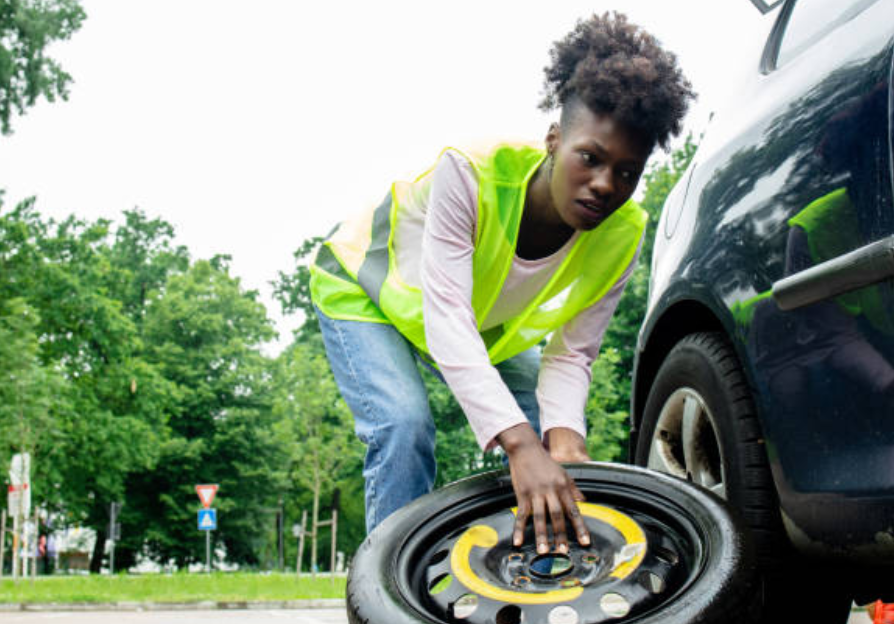
To ensure proper tire maintenance, here are some key practices to follow:
-
Check tire pressure regularly: Ensure your tires are inflated to the manufacturer's recommended pressure levels.
-
Rotate your tires: Regular tire rotation helps distribute wear evenly, extending tire life.
-
Inspect tread depth: Use a tread depth gauge to monitor the depth of your tire treads and replace tires when they reach the recommended minimum.
-
Maintain proper wheel alignment: Align your wheels to ensure even tire wear and optimal vehicle handling.
-
Balance your tires: Balancing tires reduces vibrations and prolongs tire life.
-
Inspect for damage: Regularly check your tires for cuts, punctures, and other signs of damage.
-
Can I repair a flat tire myself?
If you have the necessary tools and skills, you can repair a minor puncture with a tire repair kit. However, for significant damage or sidewall punctures, it's safer to call for professional assistance.
-
How do I maintain my tires to prevent flats?
Regularly check tire pressure, rotate tires as recommended, inspect for damage, and ensure proper wheel alignment. Maintaining correct tire pressure is especially crucial in preventing flats.
Read another review here: The 10 Best 700c Tires For Your Ride


